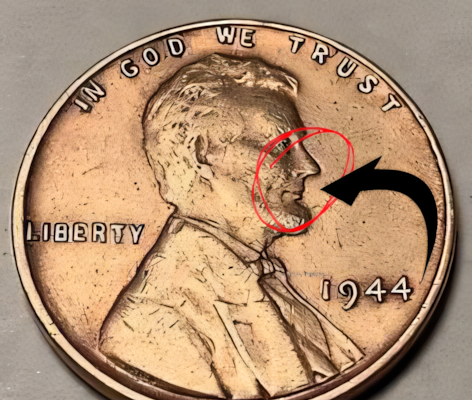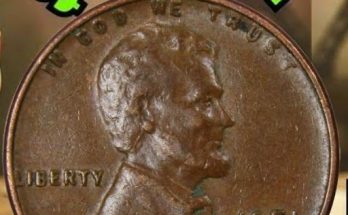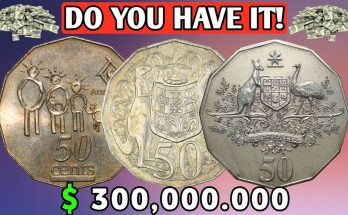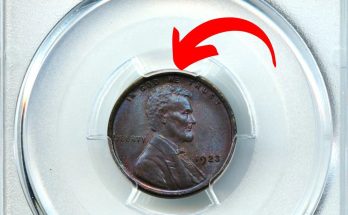If you’ve got a 1944 Lincoln cent in your change jar, stop before you spend it — because a small number could be worth $1 million or more. Here’s how to identify the rarest 1944 penny errors and what they’re really worth today.
 3 Rare 1944 Penny Errors to Look For
3 Rare 1944 Penny Errors to Look For
 The “Holy Grail” Error — 1944 Steel Cent
The “Holy Grail” Error — 1944 Steel Cent

- Why so valuable? Struck on leftover 1943 steel planchets during WWII.
- Quick ID:
- Magnet test → real steel cents stick
- Color → silver-gray, not copper
- Weight → 2.7g (copper = 3.11g)
- Rarity: Only 30–40 examples confirmed across all mints.
- Market history: High-grade coins have sold for $300,000 to over $1M.
 Lamination Error
Lamination Error

- Appearance: Flaky or peeling surface, sometimes with missing metal
- Cause: Impurities in the copper alloy
- Collector tip: Mint State examples bring 20–50% more than circulated ones.
 Die Break / Cud Error
Die Break / Cud Error

- What to look for: Raised “blobs” of metal, often on Lincoln’s cheek or jaw
- Collector demand: Dramatic breaks can sell for 10× the standard guide price.
 2024 Value Breakdown
2024 Value Breakdown
| Error Type | Circulated Value | Mint State Value |
|---|---|---|
| 1944 Steel Cent | $75,000+ | $300K – $1M+ |
| Lamination Error | $50 – $200 | $300 – $500 |
| Die Break / Cud | $100 – $400 | $500 – $5,000 |
 Authentication Guide
Authentication Guide
For Steel Cents:
Magnet test → must stick
Weight check → 2.7g is correct
Certification → Submit to PCGS or NGC. Even at ~$150, grading is essential.
For Lamination & Die Breaks:
Use a microscope → look for natural metal flow, not tool marks
Compare with documented varieties like the “Cheek Cud”
 Red Flags to Watch
Red Flags to Watch






